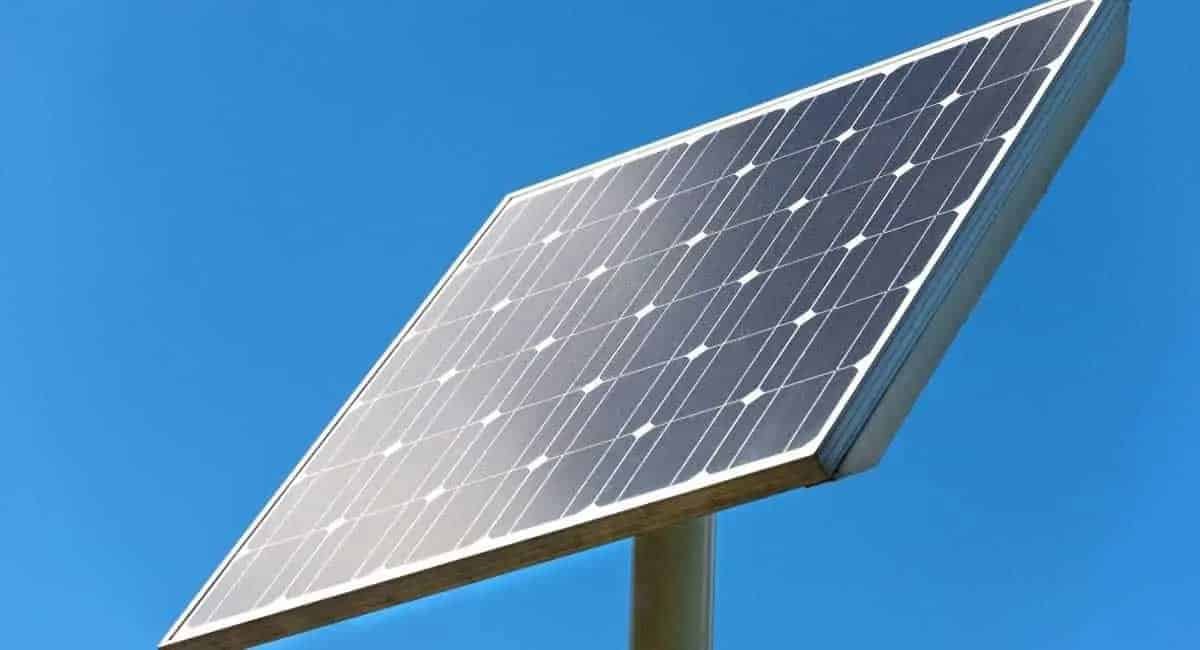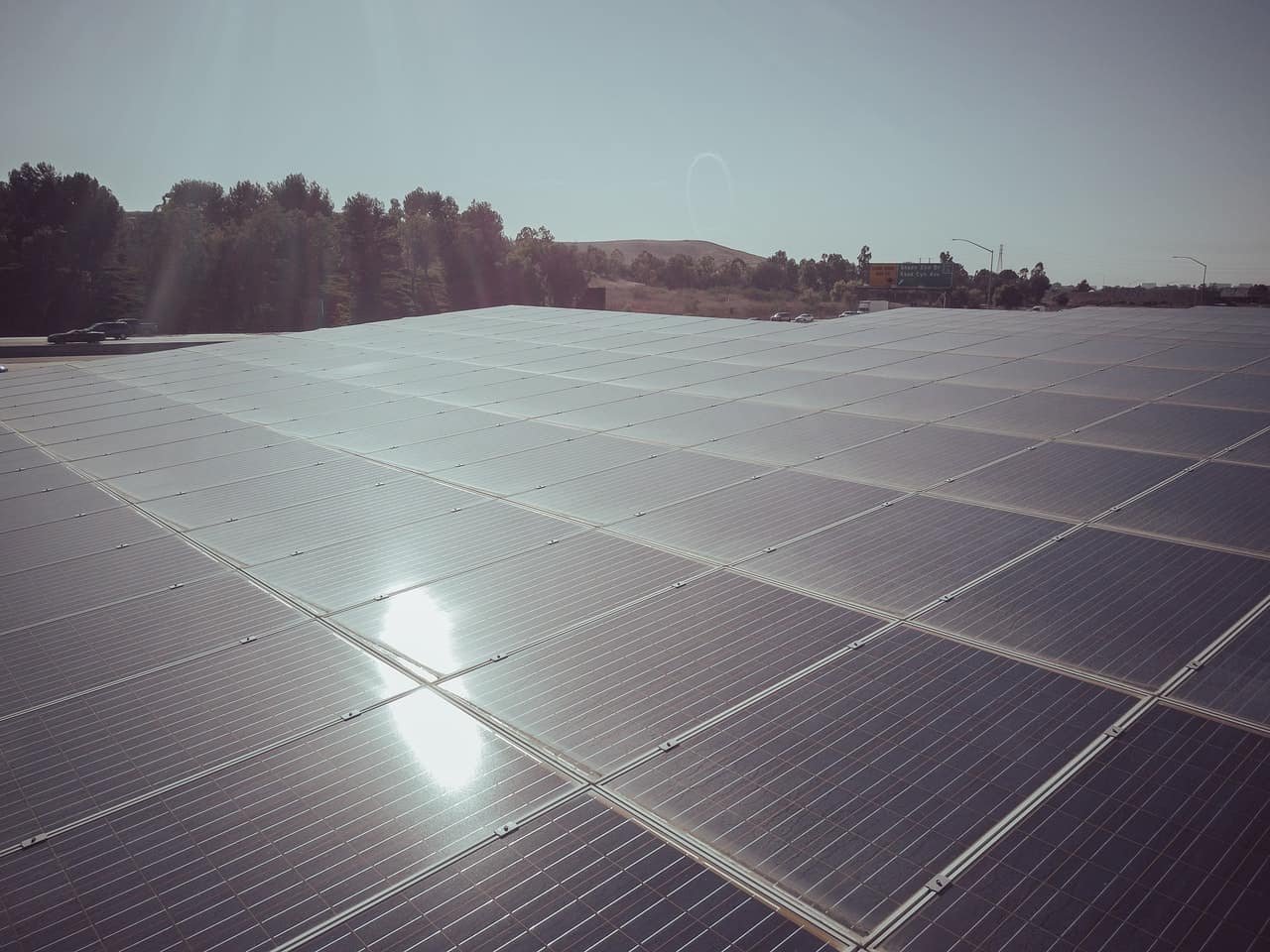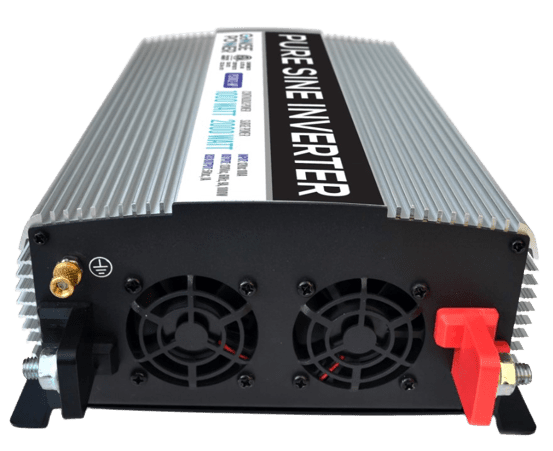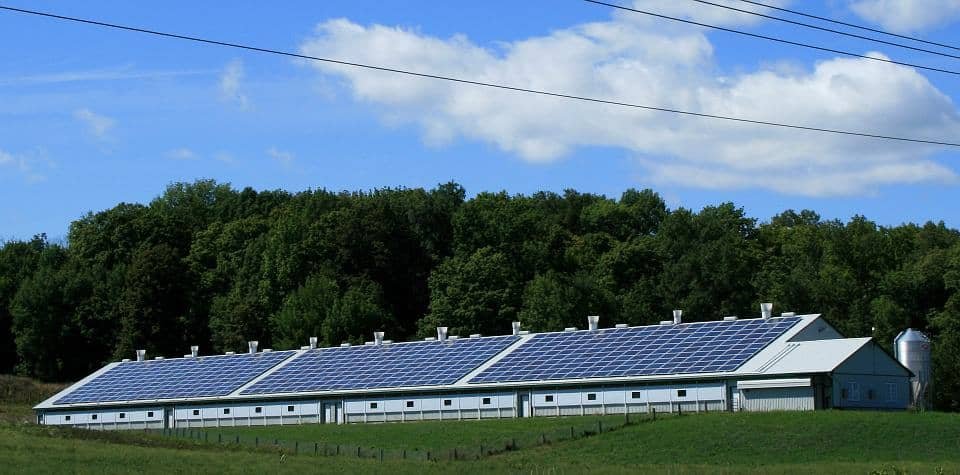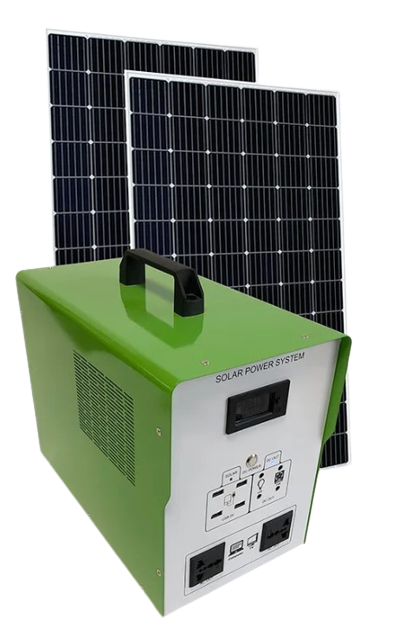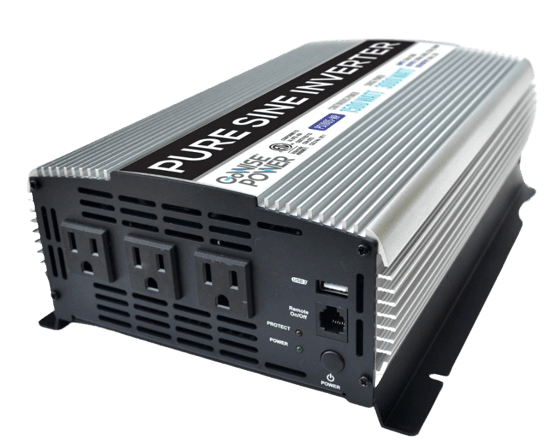Are you trying to decide whether to install one or more solar panels in order to minimize your carbon footprint? There are several factors to consider before making a purchase, including solar panel sizes and wattage, where to buy your panels, do I need a permit to install solar panels, and how to install them.
It’s important to understand how it all works and how much energy you need to produce before investing in a solar-energy system!
How Do Solar Panels Work?
The technology used in residential areas to turn sunlight into electricity is called photovoltaics, otherwise known as PV. PV are the panels installed on rooftops or in fields to harness the sun’s power.
Solar panels work by absorbing photons from sunlight to create an electric field across the layers of cells in the panels. This electric field creates a flow of electricity.
Parts of the solar system can also convert energy from direct current to alternating current, which is what allows it to be used to power your home. Each solar panel is made up of individual cells. How many cells the panel has determines how much power it can provide as well as the size of the panel!
The Benefits of Solar Panels
There are numerous benefits to installing solar panels, including:
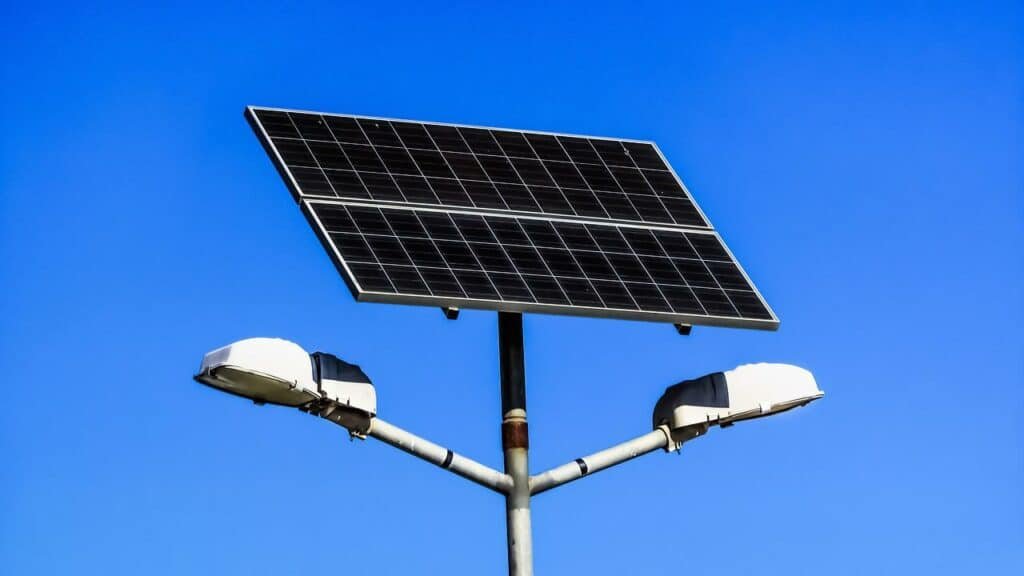
- Energy Savings: Using solar energy to power your home saves you money by significantly lowering your energy bills and, if your energy consumption is less than the energy your solar system generates, you could even get a credit on your bill from your local electric company.
- Abundance: Even in areas with frequent rain or shade, there is enough solar power to meet electricity demands.
- Increased Home Value: Solar panels are an attractive feature to potential buyers, which means if you plan on selling your home anytime in the future, you will reap the benefits financially.
- Minimize Your Carbon Footprint: Solar power is a renewable resource and using solar to power your home is a great way to “go green” and lower your carbon footprint.
- Independence from Electrical Grids: If you experience frequent power outages in your area, using solar power means you don’t have to worry about unreliable electrical grids.
- Whether it is individual residential homeowners or large scale commercial business establishments, everyone is trying to benefit by shifting to solar power. Some enterprising companies have also launched appliances like solar air conditioners that can help save energy costs. In many parts of the world, solar-powered appliances are preferred. This is a positive change that is environmentally friendly, as well as cost effective.
The Different Types of Solar Panels
What are the different types of solar panels? There are four main types of solar panels available: monocrystalline, polycrystalline, thin-film, and PERC.
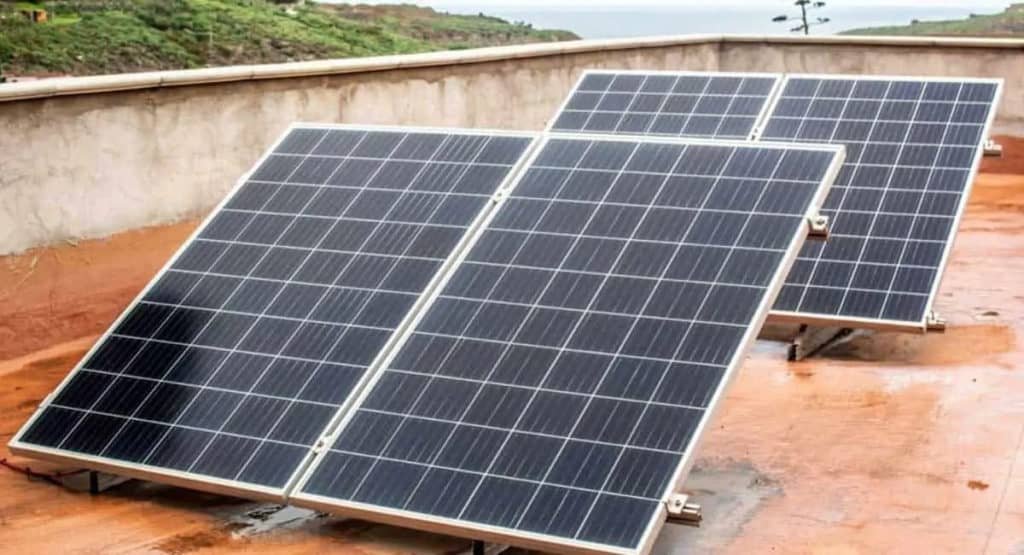
Monocrystalline Solar Panels
Monocrystalline panels, or single-crystal panels, are made from one pure silicon crystal that is cut into several thin cells. The pure silicon makes these dark black panels the most space-efficient as well as the longest-lasting type of solar panel, but they are the most expensive.
Polycrystalline Solar Panels
Polycrystalline solar panels are made from several silicon crystals, rather than just one. To make each cell, fragments of silicon are melted and poured into a mold.
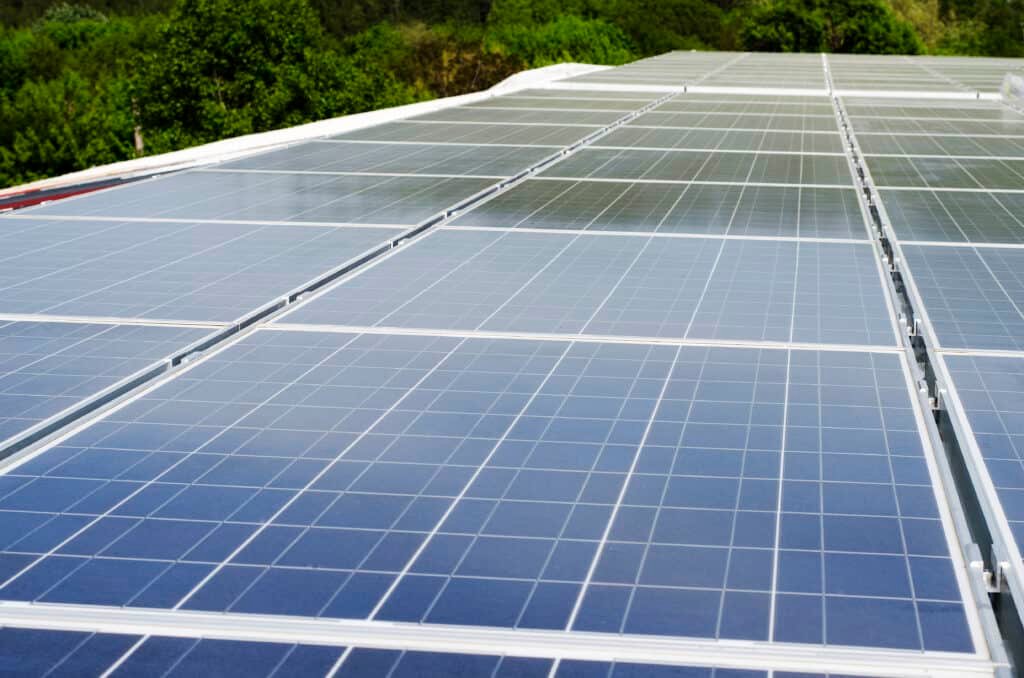
Polycrystalline panels are more affordable than monocrystalline panels, but they aren’t as efficient. This type of solar panel also isn’t ideal for high-temperature environments because it has a lower heat tolerance.
Thin-Film Solar Panels
Thin-film panels, as their name suggests, are panels made of layers that are so thin that they’re flexible. Thin-film panels don’t need to be supported by frame backing, which makes them more lightweight and easier to install.
Thin-film solar panels are typically less efficient than other types of solar panels.
PERC Solar Panels
PERC solar panels are a relatively new type of solar panel that is like an enhanced version of standard monocrystalline panels. PERC solar panels are made from a single silicon crystal and have a passivation layer on the back of the cell to improve its efficiency.
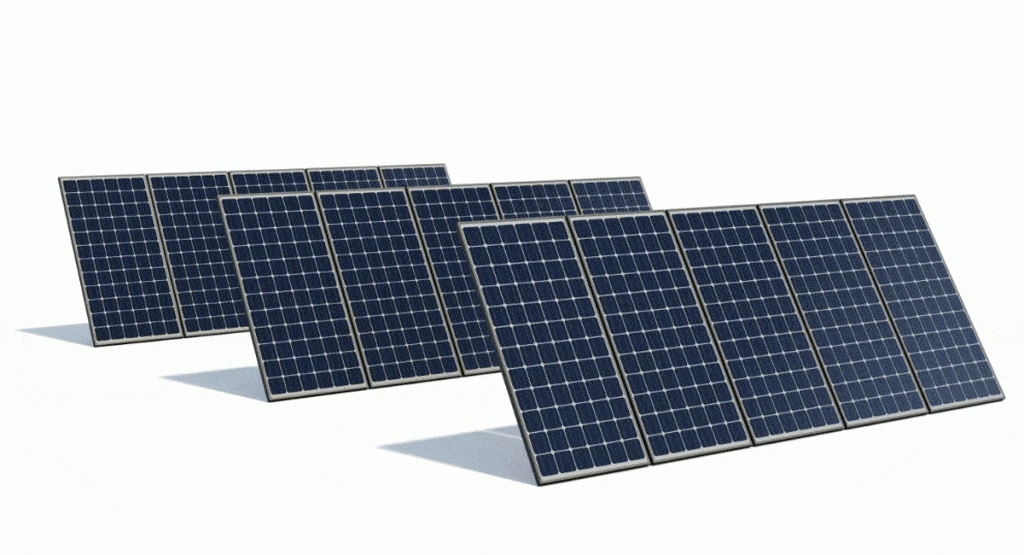
This extra layer reflects light back into the cell so that it can absorb more solar radiation and allow greater wavelengths of light to be reflected. PERC panels are among the most efficient of all solar panels and are best-suited in areas where space is limited.
How Many Solar Panels Do You Need?
If you’re wondering how many solar panels you need to power your home, there are a few important elements to consider. With a few calculations, you can get an idea of how many panels are needed for your home, but if you use a qualified solar panel installer, they will make sure you have an appropriate solar panel system.
To determine how many panels you need, you should know how much energy you use every year. Energy usage is measured in kilowatt-hours (kWh) and refers to how much energy it takes to run a 1,000-watt appliance for one hour.
The amount of energy you use depends on how many appliances are running in your home and how often they are running. According to the U.S. Energy Information Administration, the average household in America uses 10,649 kWh of electricity each year.
To see how much power you use, look at your utility bills from the last 12 months. Once you know how much energy your household needs, you can begin looking at panels. Solar panel sizes and wattage vary significantly to make it easier to find a system that will work for you.
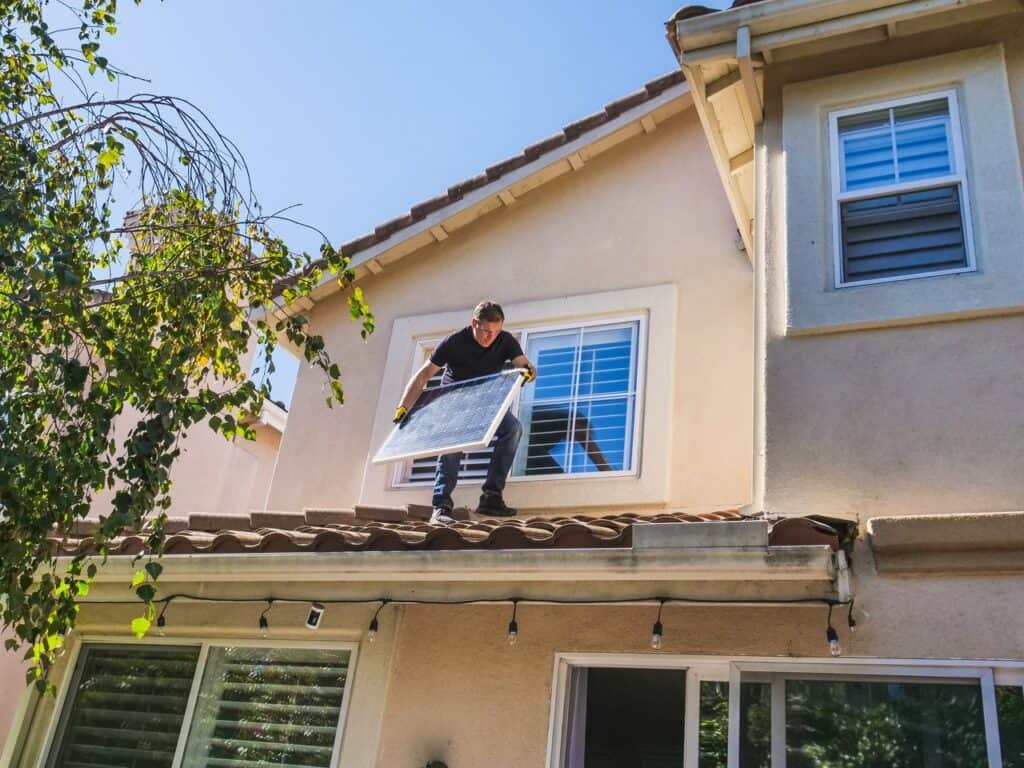
The wattage of a panel, also called the power rating, tells you the electrical output of that panel under ideal conditions. Typically, a panel produces between 250 and 400 watts of power.
When you find a panel you like, use your annual energy usage and the panel’s wattage (power rating) to calculate the production ratio. The production ratio is how much energy the system is expected to produce over time, compared to the actual size of the system.
You can calculate the production ratio by dividing the energy output by the total wattage of the system. Your production ratio should fall somewhere between 1.3 and 1.6.
With those three numbers, you can finally calculate how many panels you need. To do this, use the following formula:
System size / production ratio / panel wattage = Number of panels
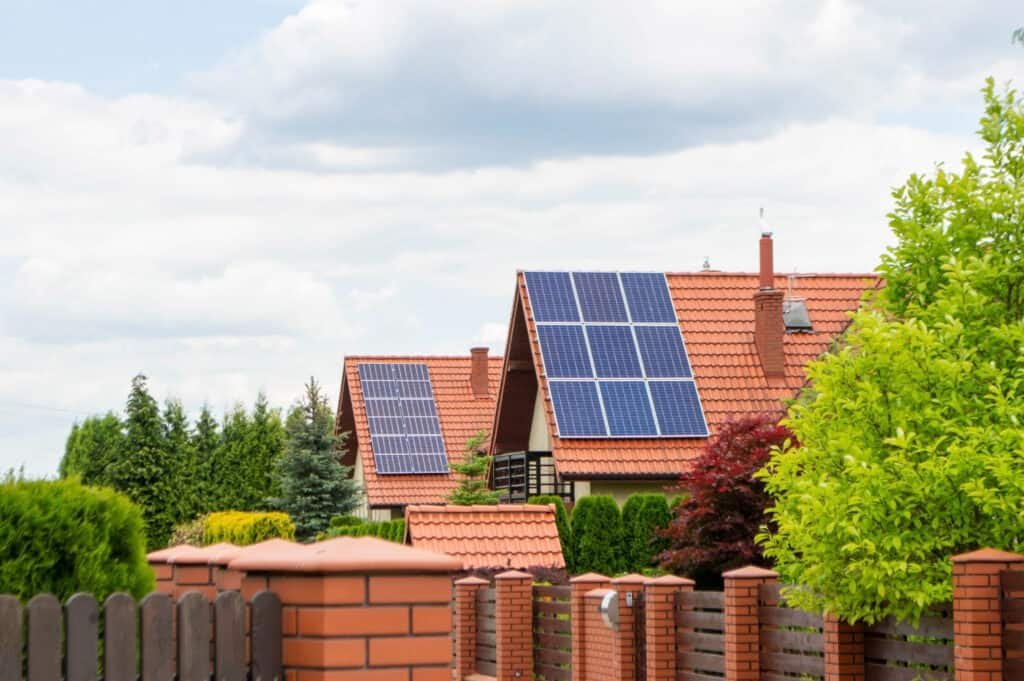
As an example, let’s take the average energy usage of an American household (10,649 kWh), a common production ratio (1.5), and the average wattage of a solar panel (320 W).
The equation would look like this:
10,649 kWh / 1.5 / 320 W = 22.2
Using this calculation, 22 panels that produce 320 W would be needed to meet these power requirements. You can plug in your own numbers to get an estimate of how many solar panels you will need.
When shopping for solar panels, consider how each panel’s wattage plays into your equation. If you buy panels of a higher wattage, you won’t need as many panels!
Solar Panel Sizes and Wattage
As you decide which solar panels to use for your home, remember that not all panels are the same. Panels intended for residential use typically have wattages ranging from 150 to 370 watts per panel.
The most common sizes of small panels are 50 W, 100 W, and 160 W. Solar panels used for residential purposes are generally smaller than commercial panels in order to suit the available roof space.
How Big Are Solar Panels?
For rooftop solar installations, the average size of residential panels is 65 inches by 39 inches (5.4 feet by 3.25 feet). The actual size of the panels available varies from brand to brand.
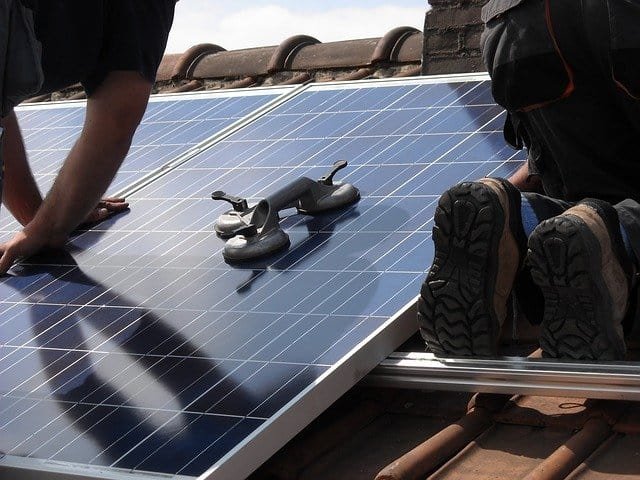
Every solar panel is composed of individual PV cells. A solar cell has a standard size of 156 mm by 156 mm or approximately 6 inches by 6 inches. The average rooftop panel has 60 solar cells and is 65 inches long, 39 inches wide, and 1.5 – 2 inches in depth.
To determine how large a complete rooftop solar system would be, refer back to the number of panels required to meet the needs of your household. If you are concerned about roof space, it’s important to determine how many panels you have room for.
With less roof space, your buying options might be limited to panels of higher wattage so that fewer panels are required.
Conclusion
With so many elements to consider, it’s easy to become overwhelmed when converting to solar energy. Fortunately, there are plenty of experts available to do all the calculations for you, including determining the solar panel sizes and wattage that are best suited to your home and how many panels you need to meet your energy needs.
However, it’s always a great idea to do some of your own calculations so that you can be prepared and have a better idea of what to expect!
FAQ
How big is a 450 watt solar panel?
The size of a 450 watt solar panel can vary depending on the type and efficiency of the panel. However, on average, a 450 watt solar panel is about 75.2 x 44.6 x 1.4 inches.
This is just a rough estimate, as the exact dimensions of a solar panel can vary depending on the manufacturer and the specific design of the panel. Additionally, the size of a solar panel may also be affected by factors such as the panel’s wattage, the type of cells used, and the amount of space available for installation.
How much are 5v solar panels?
The cost of 5v solar panels can vary depending on a variety of factors, such as the size, efficiency, and brand of the panel. On average, a 5v solar panel can cost anywhere from $24- $45, but the price can vary depending on the specific panel and the retailer.
It is important to do some research and compare prices from different retailers before purchasing a 5v solar panel, as the cost can vary greatly.
